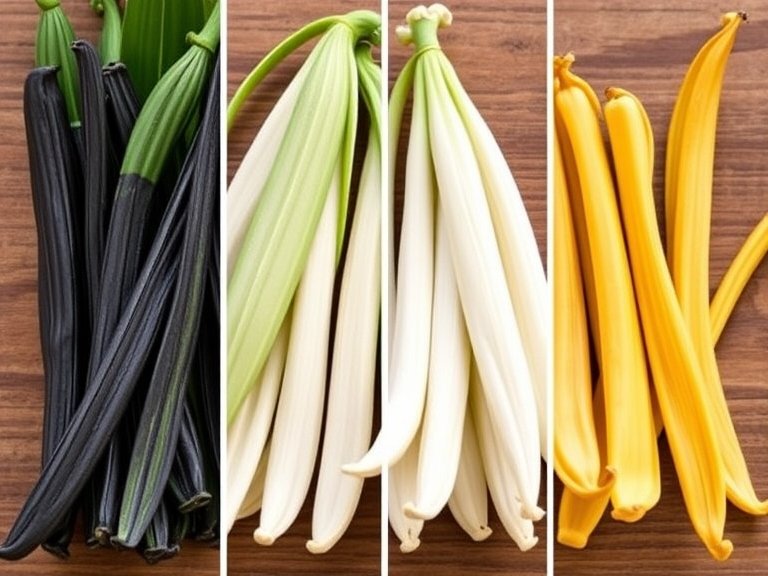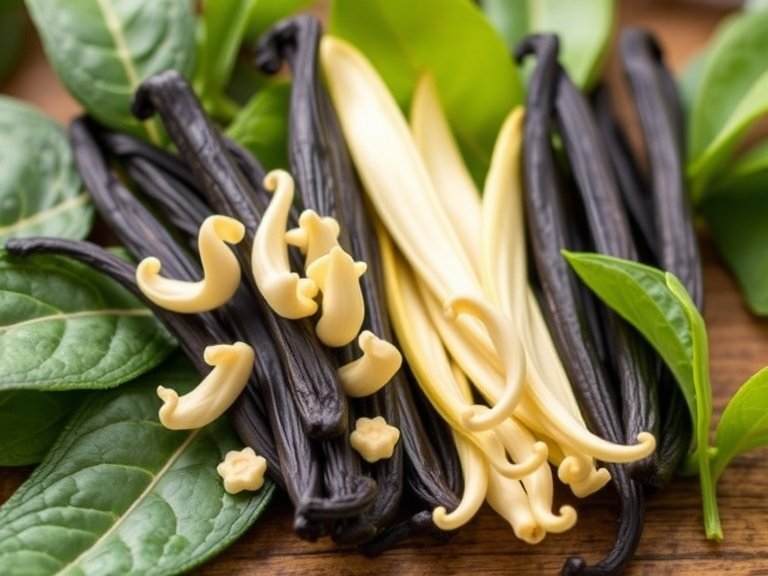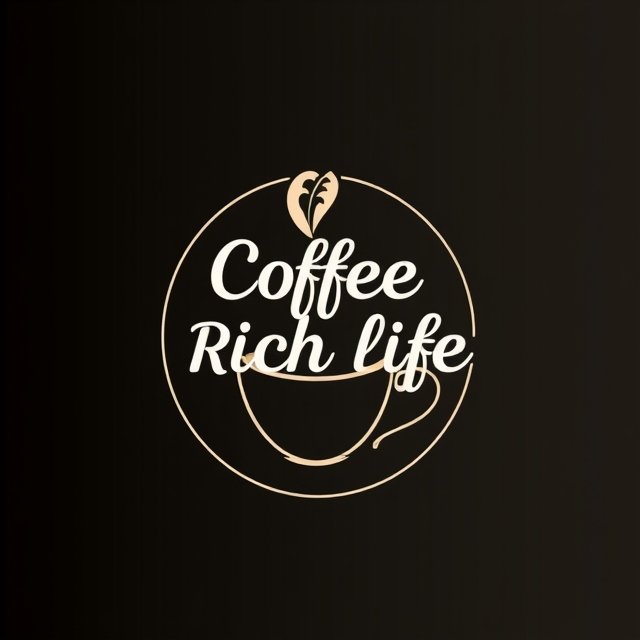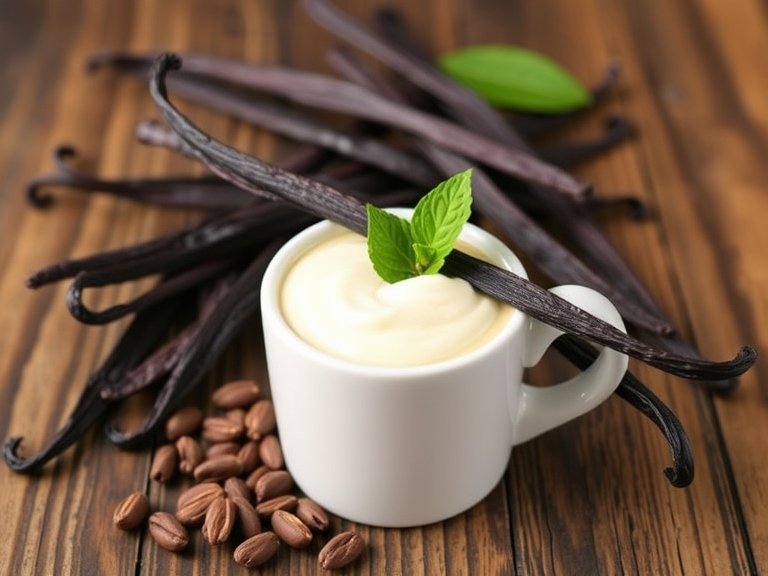In today’s health-conscious world, understanding what goes into our favorite drinks and foods has become increasingly important. One common question that often arises is whether vanilla bean contains caffeine.
This comprehensive guide will explore everything you need to know about vanilla beans, their caffeine content, and their popular uses in beverages like the Vanilla Bean Frappuccino.
Understanding Vanilla Bean: Nature’s Sweet Secret
Vanilla bean, derived from the meticulously cultivated orchid Vanilla planifolia, represents one of the world’s most beloved flavoring agents.
This tropical orchid produces long, slender pods that undergo an intricate cultivation and curing process to develop their signature sweet, warm aroma and complex flavor profile.
The Truth About Vanilla Bean and Caffeine
The simple answer is no – pure vanilla beans are naturally caffeine-free. The rich, complex flavor that makes vanilla so popular comes from organic compounds, primarily vanillin, rather than any stimulant properties.
This makes vanilla an excellent choice for those seeking to avoid caffeine while still enjoying a luxurious flavor experience.
Why the Confusion?
Many people associate vanilla with caffeine because:
- Vanilla frequently appears in coffee-based beverages
- It’s commonly used in chocolate products that contain caffeine
- Many vanilla-flavored commercial products may contain added caffeine from other sources
Popular Vanilla Bean Varieties


Each vanilla bean variety offers unique characteristics while remaining caffeine-free:
1. Madagascar Vanilla Beans
- Full-bodied and rich taste with a hint of sweetness and floral garnish.
- Considered the industry standard for vanilla flavor
2. Tahitian Vanilla Beans
- Floral aroma with licorice and cherry undertones
- Popular in high-end desserts and perfumes
3. Mexican Vanilla Beans
- Robust, spicy flavor with nutmeg and cinnamon notes
- Excellent for both sweet and savory dishes
The Vanilla Bean Frappuccino Experience
The Vanilla Bean Frappuccino has become a beloved beverage choice for those seeking a caffeine-free alternative at Starbucks. Here’s what makes it special:
Key Components:
- Frappuccino syrup base
- Heavy cream milk
- Vanilla bean paste
- Whipped cream topping
Benefits:
- Naturally caffeine-free
- Customizable sweetness levels
- Maintains flavor even as ice melts
- Available year-round
- Balanced taste profile
Nutritional Profile of Vanilla Bean
Per 0.5-gram vanilla bean pod:
- Calories: 1.4
- Total Fat: 0g
- Carbohydrates: 0.1g
- Protein: 0g
- Caffeine: 0mg
Popular Vanilla Bean Alternatives
For those seeking variety, these caffeine-free alternatives offer similar warming notes:
1. Natural Alternatives:
- Tonka Beans
- Cassia Bark
- Almond Extract
- Maple Syrup
- Honey
2. Floral Alternatives:
- Rose Water
- Orange Blossom Water
- Saffron
Using Vanilla Bean in Modern Cuisine

Vanilla bean has evolved from a simple flavoring to a versatile culinary ingredient:
Common Applications:
- Baked goods and desserts
- Beverages and smoothies
- Ice cream and frozen treats
- Savory dishes (in small quantities)
- Aromatherapy and natural fragrance
Frequently Asked Questions
What exactly is a vanilla bean?
A vanilla bean is the seed pod of the vanilla orchid, requiring careful cultivation and curing to develop its distinctive flavor.
Where do vanilla beans come from?
While native to Mexico, Madagascar now leads global production, with significant cultivation in Indonesia, Papua New Guinea, and Tahiti.
Is vanilla extract different from vanilla bean?
Yes, vanilla extract is made by soaking vanilla beans in alcohol, while whole beans offer a more intense, pure flavor with visible seeds.
Are vanilla beans healthy?
While not particularly nutrient-dense, vanilla beans are caffeine-free and contain beneficial antioxidants.
Can I substitute artificial vanilla for real vanilla beans?
While possible, artificial vanilla lacks the complexity and depth of real vanilla beans, offering only the main vanillin compound.
Conclusion
Vanilla bean stands as a testament to nature’s ability to create complex, satisfying flavors without caffeine. Whether enjoyed in its pure form or popular beverages like the Vanilla Bean Frappuccino, it offers a versatile, caffeine-free option for those seeking rich flavor without stimulant effects.
Understanding its properties and uses helps consumers make informed choices about their food and beverage selections while appreciating this remarkable spice’s cultural and culinary significance.
The continuing popularity of vanilla-based products, especially caffeine-free options like the Vanilla Bean Frappuccino, demonstrates how this simple seed pod has become deeply integrated into modern cuisine and beverage culture.
Whether you’re avoiding caffeine, seeking new flavors, or simply enjoying its classic taste, vanilla bean remains a timeless and valuable ingredient in both traditional and contemporary contexts.

